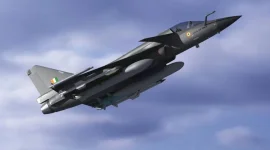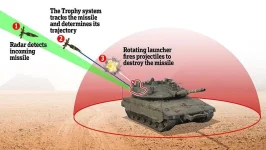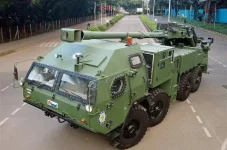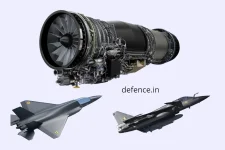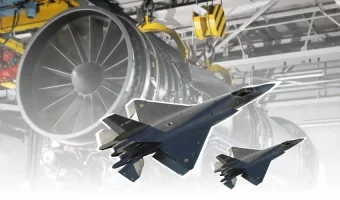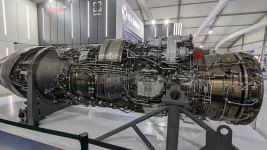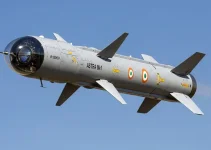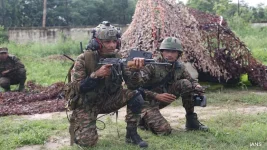- Views: 355
- Replies: 6
India's withdrawal from a landmark joint venture with Russia to develop a fifth-generation stealth fighter jet represented a major shift in its military aviation strategy.
The project, known as the Fifth Generation Fighter Aircraft (FGFA) or Perspective Multi-role Fighter (PMF), was an ambitious collaboration between India's Hindustan Aeronautics Limited (HAL) and Russia's Sukhoi Design Bureau.
While the program has been shelved by New Delhi, ongoing discussions about India's air power future raise the question of whether re-engaging with the project is a viable path.
An analysis of the program's history reveals significant unresolved issues that make a return unlikely.
The partnership began with great promise following an inter-governmental agreement in 2007.
For India, the project was seen as a generational advancement in air combat capability, aiming to co-develop and acquire 127 advanced stealth jets based on Russia’s Su-57 platform.
However, after years of negotiations and slow progress, India’s Ministry of Defence officially exited the collaboration in 2018 due to a series of critical concerns.
Financial Burdens and Missed Deadlines
A primary factor in the program's collapse was the escalating financial demands from Russia.India was asked to contribute an initial $6.7 billion simply for preliminary design work and the delivery of four prototypes, a sum New Delhi deemed excessive for an unproven platform.
The projected total cost for the acquisition of 127 aircraft was estimated to exceed $40 billion, all without firm guarantees on the final product's performance or technology access.
Compounding the financial strain were significant delays. The first jets were initially scheduled for delivery by 2018, but a slipping timeline pushed this date to 2027-28 at the earliest, a delay the Indian Air Force (IAF) could not afford amid its dwindling squadron strength.
Failure in True Collaboration and Performance Gaps
Despite being framed as a joint venture, the project lacked the spirit of a true partnership. Russia was reportedly reluctant to share critical design data, source codes, and other essential technologies with its Indian counterparts.This lack of transparency limited the role of Indian engineers from HAL and the Defence Research and Development Organisation (DRDO), undermining the goal of indigenous capacity building.
Furthermore, the IAF raised serious doubts about the performance of the base aircraft, the Su-57. The jet did not meet Indian standards for key fifth-generation attributes, particularly its stealth characteristics (radar cross-section) and advanced sensor fusion capabilities.
A major issue was the engine; the early prototypes were powered by older engines, as the intended next-generation Izdeliye 30 engine was still under development.
This meant the aircraft was considered less stealthy and capable than Western competitors like the American F-35.
Strategic Mismatch for India's Needs
Beyond technical shortfalls, the Su-57-based fighter was not considered an ideal strategic fit for India's diverse operational requirements.The IAF needs a versatile and flexible platform capable of operating effectively in varied terrains, from the high-altitude airfields of the Himalayas to long-range maritime patrol missions.
The FGFA, a large and heavy fighter, was not seen as the optimal solution for this doctrinal flexibility.
Why Rejoining is Not a Straightforward Option
Today, returning to the Russian program presents a fresh set of obstacles.India is now heavily invested in its indigenous fifth-generation fighter, the Advanced Medium Combat Aircraft (AMCA), which has reached a critical design phase. Diverting funds and focus back to the Russian project would jeopardise this national strategic initiative.
Moreover, the global geopolitical landscape has changed dramatically.
Following the Russia-Ukraine conflict, extensive international sanctions on Russia's defence industry would create significant uncertainty for procurement, supply chains, and future upgrades.
Finally, the Su-57 platform itself remains largely unproven on the global stage, with only a small number inducted into the Russian Air Force and no confirmed export orders. For a high-value asset, this lack of a proven operational record is a major risk.
India's decision to leave the FGFA was a pragmatic one, and its future in advanced air power now clearly points towards self-reliance through the AMCA program and more transparent international partnerships.

